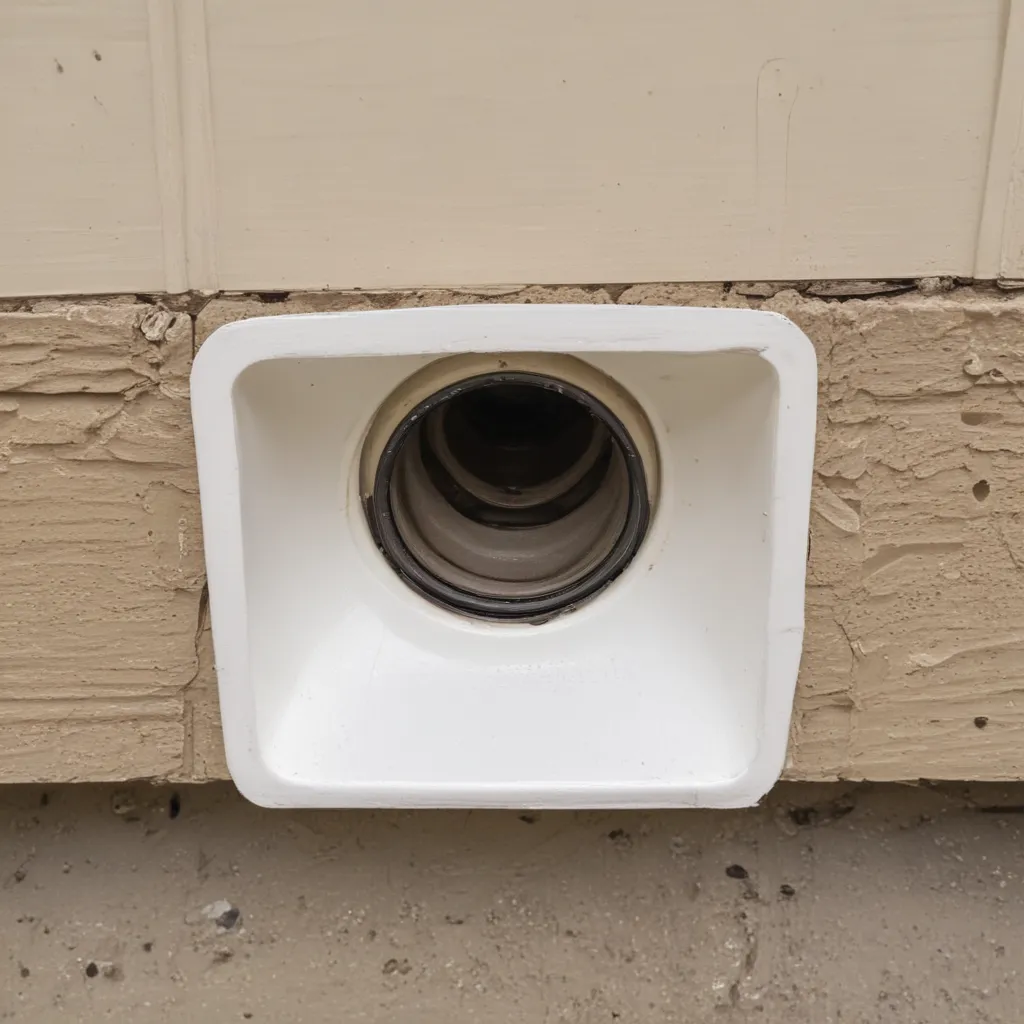
Ahh, the life of an RV enthusiast – the open road, the wind in your hair, and the occasional…deluge of water from a faulty scupper drain. If you’re like me, you’ve probably had one too many involuntary “RV car washes” courtesy of those pesky scuppers. But fear not, my fellow RV aficionados! Today, I’m here to guide you through the process of replacing those troublesome drains, so you can keep the water where it belongs – outside your vehicle.
Understanding Scupper Drains
Let’s start with the basics, shall we? A scupper drain is essentially a small opening or channel that allows water to flow out of your RV’s roof or exterior. These drains play a crucial role in preventing water buildup and potential damage to your vehicle. However, as with any moving part, they can become worn, clogged, or just plain old and ineffective over time.
Have you ever found yourself frantically mopping up a puddle of water in your RV’s living area, wondering how in the world it got in there? Chances are, your scupper drains have seen better days. And let me tell you, there’s nothing quite as unpleasant as stepping in a surprise puddle, especially when you’re trying to enjoy your home on wheels.
Identifying the Problem
So, how do you know when it’s time to replace those scupper drains? Well, let’s play a little game of RV detective. Start by doing a thorough inspection of your RV’s exterior. Look for any signs of water leaks, such as discolored or warped surfaces, or even the dreaded “drip, drip, drip” sound. If you find any evidence of water intrusion, it’s a good bet that your scupper drains are the culprits.
Another telltale sign is the presence of debris or buildup around the drain openings. Over time, leaves, twigs, and other small bits of nature can clog up those precious passages, preventing the water from flowing out as it should. And you know what that means – more water trickling into places it shouldn’t be.
Preparing for the Replacement
Now that you’ve identified the problem, it’s time to get to work. But before we dive in, let’s make sure we have all the necessary tools and supplies on hand. You’ll need a few key items, such as:
- Replacement scupper drains (make sure to measure your existing ones to get the right size)
- Sealant or caulk (preferably a RV-specific product)
- Screwdrivers or other tools for removing the old drains
- Rags or towels to clean the area
- Patience and a good sense of humor (trust me, you’ll need it)
Once you’ve gathered your supplies, it’s time to tackle the task at hand. But hold on to your (hopefully waterproof) hats, because things are about to get a little messy!
The Replacement Process
Alright, let’s do this! The first step is to carefully remove the old scupper drains. This may require a bit of elbow grease, as they can be stubborn suckers. Use your screwdrivers or other tools to gently pry them loose, being careful not to damage the surrounding area.
As you’re working, you might encounter a few surprises. Maybe the old drains are so clogged with gunk that they practically disintegrate in your hands. Or perhaps the sealant around them has hardened into a solid, impenetrable barrier. Don’t worry, this is all part of the adventure!
Once you’ve successfully removed the old drains, take a moment to clean the area thoroughly. Use those rags or towels to wipe away any debris, sealant, or residue, ensuring a nice, clean surface for the new drains to adhere to.
Now, it’s time for the grand finale – installing the new scupper drains. Carefully align the replacement parts and secure them in place according to the manufacturer’s instructions. Don’t be afraid to use a generous amount of sealant or caulk to ensure a watertight seal.
Troubleshooting and Maintenance
Ah, but the journey doesn’t end there, my friends. Even after you’ve replaced those pesky scupper drains, you’ll need to keep a watchful eye on them. Over time, the sealant can degrade, and new debris can find its way into the openings.
So, what’s a diligent RV owner to do? Well, I recommend performing regular inspections of your scupper drains, just like you would with any other critical component of your vehicle. Check for any signs of leaks, clogging, or other issues, and address them promptly to prevent further water damage.
And let’s not forget about the importance of maintenance. Keeping your scupper drains clear of debris by regularly cleaning them can go a long way in extending their lifespan and ensuring they continue to do their job effectively.
Conclusion
Replacing RV scupper drains may not be the most glamorous task, but it’s a necessary one if you want to keep your home on wheels in tip-top shape. By understanding the importance of these nifty little drainage systems, identifying when they need to be replaced, and following the proper installation and maintenance procedures, you can say goodbye to those unexpected water surprises and hello to a drier, happier RV experience.
So, the next time you hear the pitter-patter of raindrops on your RV’s roof, don’t panic! Just grab your tools, channel your inner plumber, and get to work on those scupper drains. Who knows, you might even find a new appreciation for the art of RV maintenance (or at least a good story to tell your fellow RV enthusiasts).
And if you ever need a little extra help or guidance, be sure to visit Orange County RV Repair – the experts who know RVs inside and out. Together, we’ll keep those scuppers flowing and your RV adventures high and dry.
